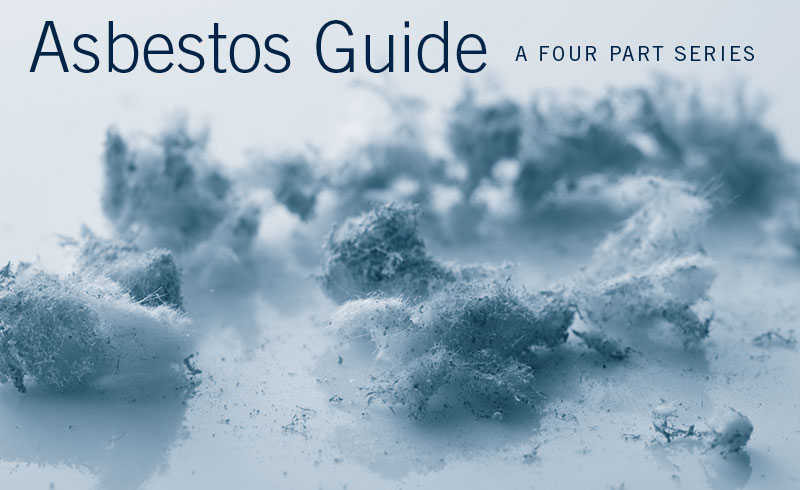Baron & Budd Announces Fall 2022 Mesothelioma Cancer Victims Memorial Scholarship Winners
Scholarship winners Isabella Toth and Soraya Chinloy share their personal battles with...
READ MORE
In the mid 1970s manufacturers began to reduce the number of products they put on the market which contained asbestos. But that was not soon enough for countless Americans.
Hundreds of thousands of people may have been exposed to asbestos in their home, in commercial products or in their line of work.
Shipbuilding, construction, commercial product manufacturing and power plants — if a worker was involved in one of these industries before the late 1970s or even into the start of 1980, they may have encountered asbestos in their line of work.
In particular, workers are at risk most when asbestos fibers become loose in the air. When asbestos fibers become loose in the air, this is known as a “friable” asbestos condition and it represents a true threat to worker health and safety.
Friable asbestos conditions may have occurred when chipping, grinding, demolishing or retrofitting asbestos products had taken place — all processes that may release asbestos into the air supply. That’s why any condition that could put the asbestos product at a heightened risk of damage is one to be concerned of.
Asbestos has been used for centuries however its use peaked in the period between the 1930s and 1970s. At this time, asbestos could have been found in a number of surprising forms including being added to cement or plastic or spun into yarn or woven into fabric.
Think things have improved since 1970? Read on to learn more about asbestos today. And to share this guide with those you care about, send this link.